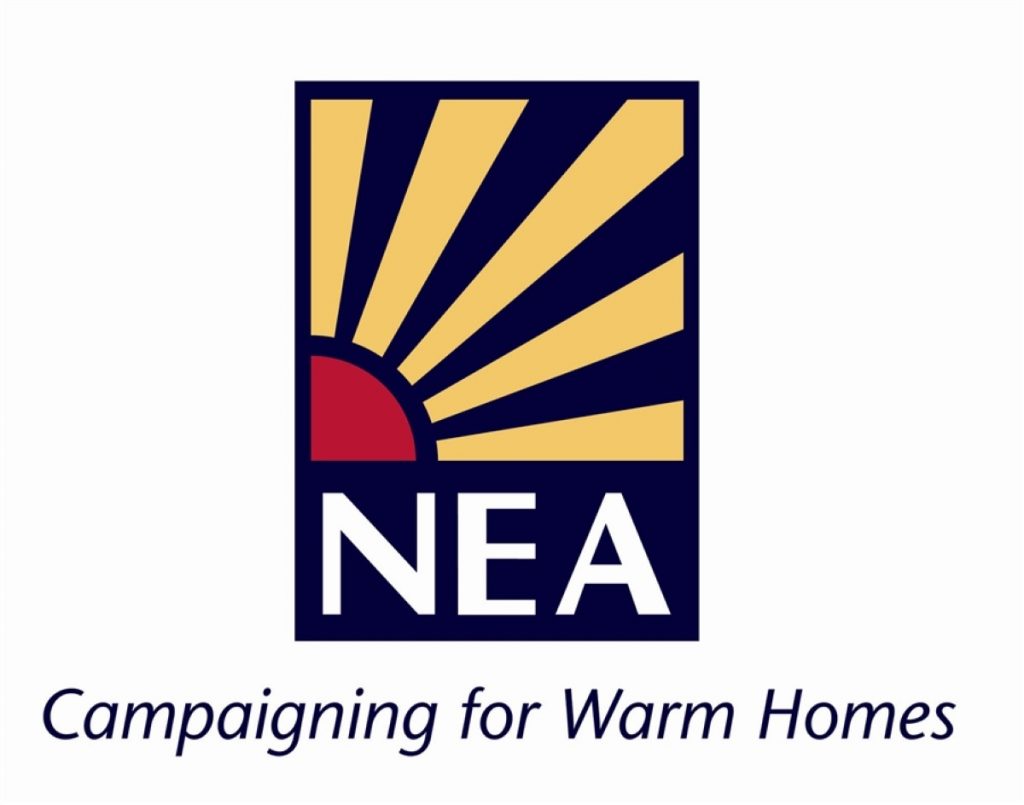NEA: Winter deaths rise with extreme cold
Figures released today by the Office for National Statistics (ONS) show a massive 38 per cent increase in deaths across England and Wales during the arctic cold snap experienced last December, the coldest in over 100 years.
Excess winter deaths (EWDs) reflect how many more deaths there are during winter months compared with the non-winter months of the year. The ONS figures show that EWDs in England and Wales last winter totalled 25,700, an almost identical figure to the previous year. However the data also shows a dramatic increase in deaths occurring over the period December 2010 to January 2011 when the country experienced the coldest December on record, temperatures fell below minus 20oC, and snow brought the UK to a standstill.
Cold damp housing and unaffordable energy costs are important factors in excess winter mortality with independent research suggesting that at least 10% of these excess deaths can be attributed to fuel poverty. This represents a higher annual mortality rate (predominantly among older people) than that for all road traffic accidents in Great Britain.
Although considered a relatively mild winter, with late January and February temperatures above average, the devastatingly cold weather experienced from late November through to early January saw the number of deaths rise above the national average, peaking during the first week of January 2011 with almost 3500 more deaths than the five-year average for that time of year.
The UK’s leading fuel poverty charity National Energy Action (NEA), which is this week launching its Warm Homes Campaign with energy company E.ON, will be publishing a report illustrating ‘The Many Faces of Fuel Poverty’, showing the range of people that are impacted by living in cold homes, and offering strong practical information at a community and neighbourhood level on where households can get advice and help, including how to access grants for free home insulation, reduced energy tariffs and special payments.
NEA is warning that a combination of high energy prices, low incomes and poor heating and insulation standards will continue to pose a serious threat to the health of millions of people, especially pensioners, during the coming months.
Jenny Saunders, Chief Executive at NEA said: “This number of excess winter deaths was sadly expected. The figures emphasise that fuel poverty is killing our most vulnerable citizens. Last December was the coldest on record and the spells of severe weather combined with high energy prices had a devastating effect.
“We continue to have one of the highest excess winter death rates in Europe, higher than many of our colder Scandinavian neighbours. The Government needs to step up action that will end these shameful statistics and comprehensively tackle fuel poverty in the UK. They need to ensure that their upcoming energy efficiency programme, the Green Deal, fully delivers where it is needed most, improving the comfort levels of homes and providing affordable warmth to vulnerable households.”
There are currently more than 6.6 million households across the UK who cannot afford to heat their homes, putting them at risk of serious health problems such as heart disease, strokes, respiratory illnesses – such as asthma and bronchitis – and exacerbating common ailments like colds and flu as well as increasing the likelihood of falls and other accidents.
People worried about their energy bills this coming winter are advised to ring the Home Heat Helpline on 0800 33 66 99 for free advice.
ENDS
Notes to the Editor
Excess winter deaths are defined by the Office for National Statistics as the difference between the number of deaths during the four winter months (December to March) and the average number of deaths during the preceding autumn (August to November) and the following summer (April to July).
The following regional EWD statistics are provided by NEA: http://www.nea.org.uk/assets/PDF-documents/Press-Pack-2011.pdf
When monthly mortality data for 2010/11 were compared with the five-year average of deaths occurring between 2005/06 and 2009/10 in the relevant months (Figure 2), the number of deaths were about the same as, or lower than, average in every month apart from December 2010. Closer examination revealed that there was a period from 26 November 2010 to 8 January 2011 when deaths exceeded the five-year average by around 75 deaths per day. This increase in deaths
coincided with a period of exceptionally cold weather and a rise in influenza-like illness (ILI – measured using the Royal College of General Practitioners influenza-like illness consultation rate).
Temperatures began to fall on 24 November and remained below zero on most days until 27 December (Met Office Hadley Centre Central England Temperature Data, 2011). Deaths peaked on 30 December and remained above average for more than a week after temperatures began to rise. This lag effect is well recognised in the literature (Donaldson and Keatinge, 1997).
The Warm Homes Campaign is NEA and Energy Action Scotland's annual campaign targeted at the public and the country's decision makers to raise awareness of fuel poverty and the benefits of improved energy efficiency.
The NEA Warm Homes Campaign 2011 press pack is available at http://www.nea.org.uk/assets/PDF-documents/Press-Pack-2011.pdf
NEA is the UK’s leading fuel poverty charity campaigning for affordable warmth in the homes of vulnerable people. For further details visit http://www.nea.org.uk
Fuel poverty is defined as the need to spend more than 10% of household income in order to meet all energy needs including a warm and healthy living environment.
Warm Front in England provides grants for energy efficiency improvements for vulnerable private sector households. Warm Front offers grants of up to £3,500. For more information about Warm Front call freephone 0800 408 2095.
Information on other energy efficiency grant programmes can be obtained through the Energy Saving Trust on: 0800 512012





-01.png)